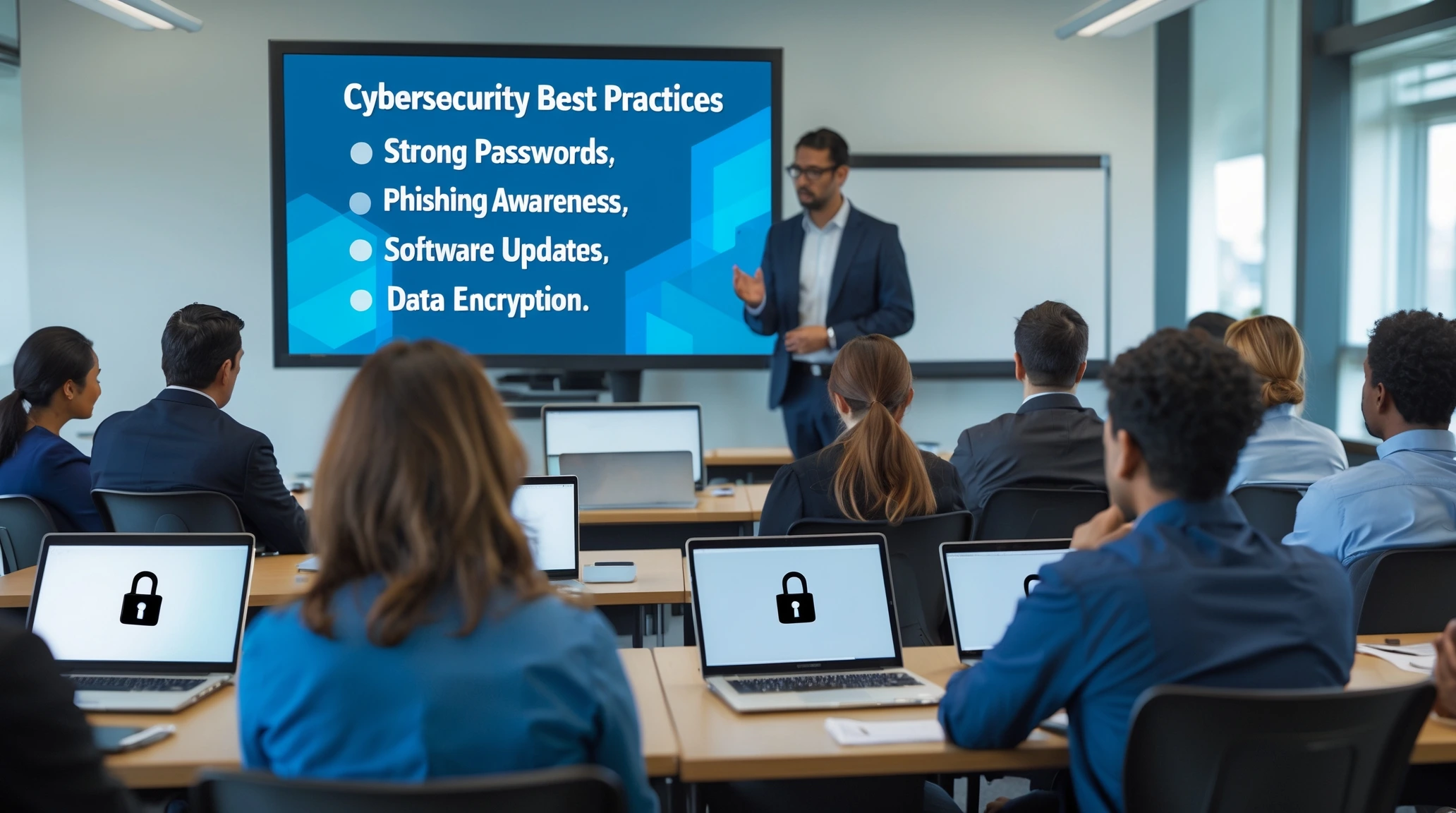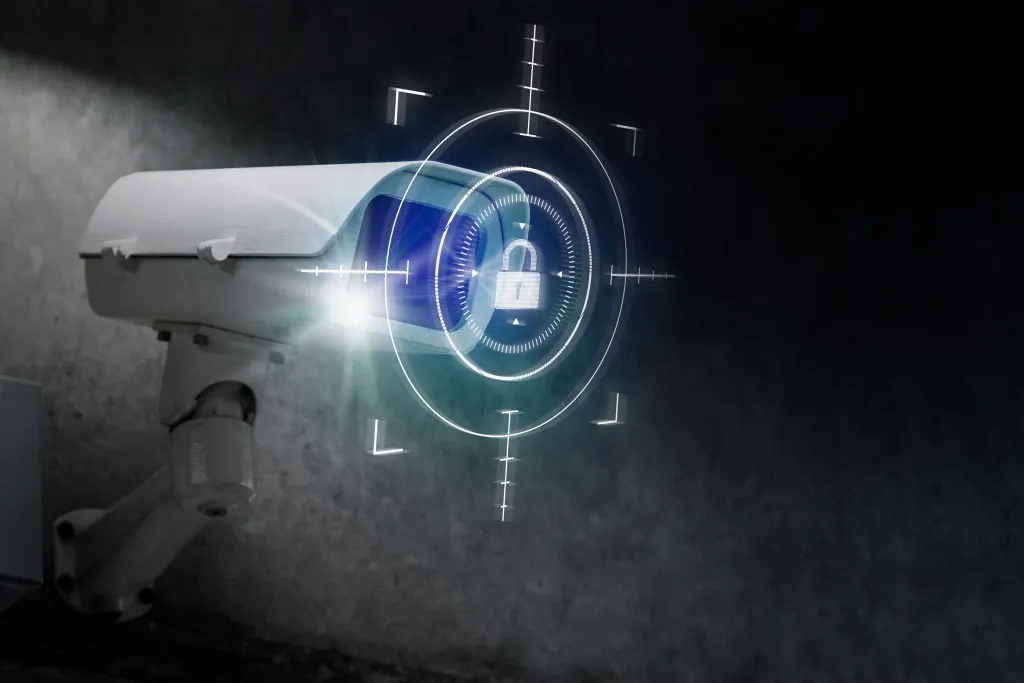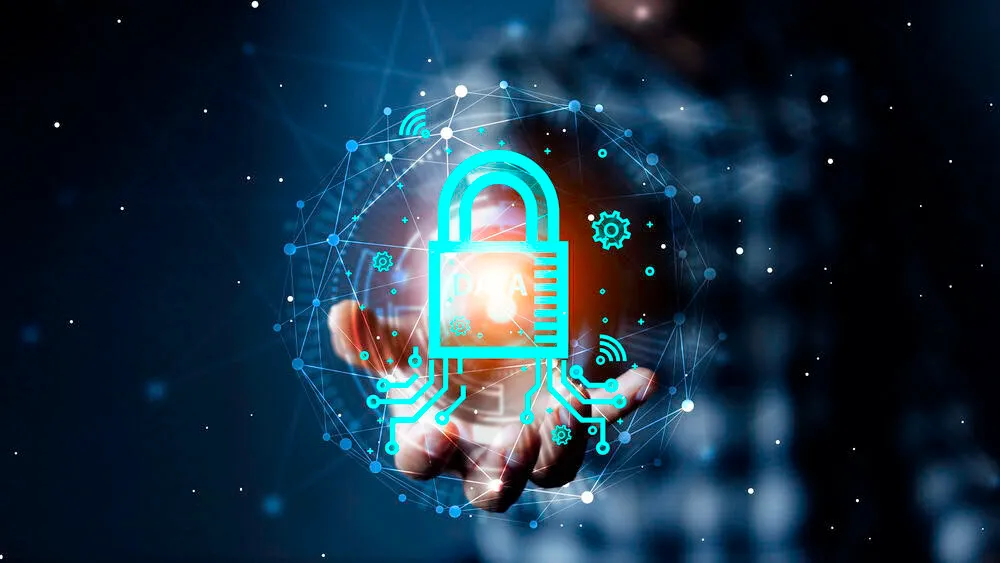In today's digital world, cybersecurity isn't just an IT problem - it's everyone's responsibility. I've spent years helping companies build strong security cultures, and I've learned that your employees are both your greatest vulnerability and your strongest defense against cyber threats.
Why Employee Cybersecurity Training Matters
Did you know that over 80% of data breaches involve human error? That's right - most security problems start with a simple mistake by someone who didn't know better. When I first started working in cybersecurity, I was shocked to see how many attacks succeeded through basic phishing emails or weak passwords. Proper cybersecurity awareness training can turn your team from a security weakness into your first line of defense. I've seen small companies avoid massive data breaches because an alert employee spotted a suspicious email and reported it instead of clicking.
The Real Cost of Skipping Training
The numbers don't lie - the average cost of a data breach now exceeds $4 million. But beyond the money, there's the damage to your reputation, lost customer trust, and potential legal issues. I once worked with a company that lost three major clients after a preventable data leak caused by an employee who simply didn't know the risks of sharing files on personal devices.
How To Train Employees On Cybersecurity: Building Your Program
Creating an effective cybersecurity training program doesn't have to be complicated. I've helped dozens of companies build programs that actually work - here's how you can do it too.
Start With the Basics: Cybersecurity Training for Beginners
When I launch a new training program, I always start with the fundamentals. Many employees have never had formal cybersecurity training for beginners, so don't assume any prior knowledge.
Your basic training should cover:
- Password security and management
- Recognizing phishing attempts
- Safe web browsing habits
- Proper data handling
- Device security (including mobile devices)
I remember working with a manufacturing company where 90% of employees had never been told the basics of creating strong passwords. After just one hour of training, password strength across the company improved dramatically.
Make It Relevant to Their Jobs
Generic training rarely sticks. I always customize training based on job roles. For example:
- Finance teams need extra focus on wire transfer fraud and financial phishing
- HR staff need training on protecting personal employee data
- Sales teams need guidance on securing client information while traveling
When I tailored training for a client's accounting department to focus specifically on the exact scams targeting their industry, their staff immediately spotted a real attack attempt the following week!
Free Government Cybersecurity Training With Certificate Options
Not every company has a big budget for security training. That's okay! There are excellent free resources available. The free government cybersecurity training with certificate programs have improved tremendously in recent years. I often recommend:
- CISA's Cybersecurity Awareness Training: The Cybersecurity and Infrastructure Security Agency offers free training modules for businesses of all sizes.
- NICCS Training Catalog: The National Initiative for Cybersecurity Careers and Studies has hundreds of free courses, many with certificates upon completion.
- FedVTE: The Federal Virtual Training Environment offers free cybersecurity training to state, local, tribal, and territorial government employees.
I worked with a nonprofit last year that certified their entire staff using these free resources, saving thousands of dollars while still meeting their compliance requirements.
Getting the Most Out of Free Resources
To maximize free training resources:
- Create a structured schedule for employees to complete modules
- Follow up with team discussions about what they learned
- Supplement with your own company-specific policies
- Track completion and celebrate certification achievements
Making Cybersecurity Training Engaging and Effective
Let's be honest - most security training is boring. But it doesn't have to be! The most successful programs I've implemented use these techniques:
Use Real Stories and Examples
Nothing gets attention like a real story. I always share actual incidents (with names changed) that show how simple mistakes led to serious breaches. When employees hear how a single clicked link cost a similar company millions, they pay attention.
I once told a client's team about how a competitor suffered a ransomware attack from an employee opening a fake invoice. Two weeks later, their accounting team received almost identical fake invoices and recognized them immediately.
Make It Interactive and Hands-On
Passive learning rarely works for cybersecurity. The best training sessions I run include:
- Simulated phishing exercises
- Password strength contests
- Security scavenger hunts
- Role-playing security scenarios
At one company, we turned phishing detection into a monthly competition between departments. Not only did phishing success rates drop by 87%, but employees actually looked forward to the challenge!
How To Train Employees On Cybersecurity Awareness That Sticks
One-time training isn't enough. How to train employees on cybersecurity awareness effectively requires ongoing effort. Here's what works:
Create a Regular Training Schedule
I advise all my clients to implement:
- Monthly security newsletters with recent threats
- Quarterly refresher training on key topics
- Annual comprehensive security reviews
- Immediate alerts when new threats emerge
Consistency is key to cybersecurity awareness. A manufacturing client of mine sends a weekly 2-minute security tip every Monday morning, and their security incident rate has dropped consistently each quarter.
Test and Measure Results
You can't improve what you don't measure. I always implement:
- Before-and-after knowledge assessments
- Simulated phishing tests throughout the year
- Security behavior observations
- Incident reporting metrics
One retail client was amazed to discover their phishing susceptibility rate dropped from 34% to under 5% after just six months of regular testing and follow-up training.
Customizing Training for Different Learning Styles
Not everyone learns the same way. The most successful training programs I've developed offer multiple formats:
- Visual learners: Infographics and videos
- Auditory learners: Podcasts and discussions
- Reading/writing learners: Guides and checklists
- Kinesthetic learners: Hands-on exercises and simulations
I worked with a healthcare provider whose training wasn't effective until we revamped it to offer these different options. Compliance jumped from 65% to 98% when people could choose their preferred learning style.
Special Training for Security Champions
Every organization needs security champions - regular employees who take extra interest in cybersecurity and help spread good practices. I always create special advanced training for these volunteers. At a financial services company, we trained 12 security champions across different departments. They became our "eyes and ears," helping spot risky behaviors and reinforcing good habits among peers.
Building a Positive Security Culture
The most secure organizations don't just train employees - they build security into their culture. Here's how:
Leadership Must Model Good Behavior
When I start a new corporate training program, I always begin with leadership. If executives ignore security rules, employees will too. I remember one CEO who would proudly announce when he bypassed security measures to "get things done faster." We couldn't make progress until he understood how his behavior undermined the entire program.
Reward Good Security Behavior
Positive reinforcement works! Companies I work with that recognize and reward security-conscious behavior see much better results than those focusing only on mistakes.
Try:
- Public recognition for reporting suspicious activities
- Small rewards for passing phishing tests
- Team celebrations for meeting security goals
A tech company I advised created monthly "Security Star" awards with small gift cards. Reports of suspicious emails increased by 300% in the first month!
Training for Remote and Hybrid Workforces
With more people working from home, security training needs to adapt. I've developed specialized approaches for distributed teams:
Home Network Security Basics
Remote workers need additional training on:
- Home WiFi security
- Personal device management
- Physical security of work materials
- Safe video conferencing practices
When I helped a company transition to remote work in 2020, we created a simple "Secure Home Office Checklist" that employees could follow. Security incidents actually decreased during the transition because everyone was extra vigilant.
Cloud Security Awareness
With remote work comes increased cloud tool usage. Employees need to understand:
- Secure file sharing practices
- Authentication best practices for cloud apps
- Data classification in shared environments
Cloud security awareness is essential for remote teams. After specialized training, one distributed marketing team I worked with completely eliminated insecure file sharing practices that had previously put client data at risk.
Creating Effective Security Policies
Training works best when supported by clear policies. Based on my experience, effective security policies are:
- Written in plain language
- Focused on why, not just what
- Realistic and practical
- Regularly updated and communicated
I helped one organization rewrite their 45-page security policy document into a simple one-page "Security Principles" guide with supporting materials. Policy compliance improved dramatically because people actually understood what was expected.
Making Policies Accessible
Even the best policy is useless if no one reads it. I always recommend:
- Creating visual versions of key policies
- Building searchable policy knowledge bases
- Integrating policy reminders into workflow tools
- Developing quick-reference guides for common scenarios
A healthcare client created colorful infographics of their main data handling policies and posted them throughout their facilities. Awareness and compliance surged immediately.
Measuring Training Effectiveness
How do you know if your training is working? I use these metrics with my clients:
- Security incident rates before and after training
- Phishing simulation success/failure rates
- Policy compliance audit results
- Security knowledge assessment scores
- Employee feedback on training value
Measuring cybersecurity training effectiveness helps refine your program. One retail client found their general training was working well, but new hires were still vulnerable. We created a specialized onboarding security module that closed this gap.
Continuous Improvement
The threat landscape changes constantly, and your training must evolve too. I always build in:
- Regular program reviews
- Updates based on new threats
- Refreshed content to prevent "security fatigue"
- Adaptation based on metrics and feedback
A financial services client updates their phishing examples monthly based on actual attempts targeting their industry. Their detection rates improve with each iteration.
Cybersecurity Training on a Budget
Not every organization has unlimited resources for security training. Here are budget-friendly approaches I've used successfully:
Leverage Free Resources
Beyond government resources, look for:
- Free webinars from security vendors
- Open-source training materials
- YouTube security tutorials from reputable sources
- Security podcasts for awareness building
I helped a small nonprofit build their entire training program using free resources, supplemented with custom materials for their specific needs.
Build Internal Expertise
Training your own security trainers multiplies your effectiveness:
- Send IT staff to "train the trainer" security courses
- Develop internal security champions
- Create mentorship programs pairing security-savvy employees with others
A manufacturing client trained their IT help desk staff to deliver security awareness sessions. Not only did this save money, but employees responded better to familiar faces sharing the information.
Developing a Security Incident Response Plan
Training isn't complete without teaching employees what to do when something goes wrong. Every organization needs:
- Clear reporting procedures for security concerns
- Step-by-step instructions for common incidents
- Contact information for security resources
- Practice drills for major incidents
I worked with a law firm that created a simple "Security 911" card for every employee with exactly what to do if they suspected a security breach. When they experienced a real phishing attempt, response time was under 5 minutes, preventing any damage.
Removing Barriers to Reporting
Employees often don't report security concerns because they fear blame or punishment. Successful programs I've implemented always emphasize:
- No-blame reporting policies
- Anonymous reporting options
- Appreciation for all reports, even false alarms
- Follow-up communication about resolved issues
After implementing these practices at a healthcare organization, security reporting increased by 400%, allowing their team to catch several serious threats before they caused damage.
Conclusion: Cybersecurity Is a Journey, Not a Destination
After years of developing security training programs, I've learned that cybersecurity awareness isn't a one-time achievement - it's an ongoing process. The most successful organizations embed security thinking into everything they do. Start with the basics, make training relevant and engaging, measure your results, and continuously improve. Remember that your goal isn't perfect security (which doesn't exist), but rather creating a human firewall of alert, informed employees who make good security decisions every day. I've seen organizations of all sizes transform their security posture through effective employee training. You can too. The journey to better security begins with a single step - starting your training program today. What cybersecurity training approaches have worked best for your organization? I'd love to hear your experiences in the comments below!











